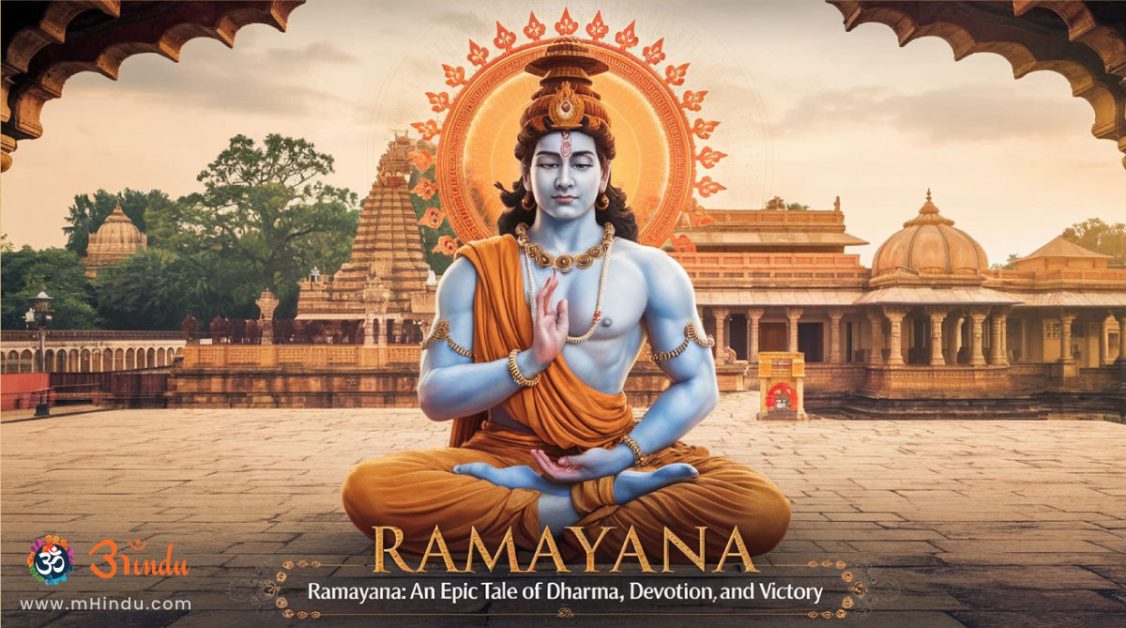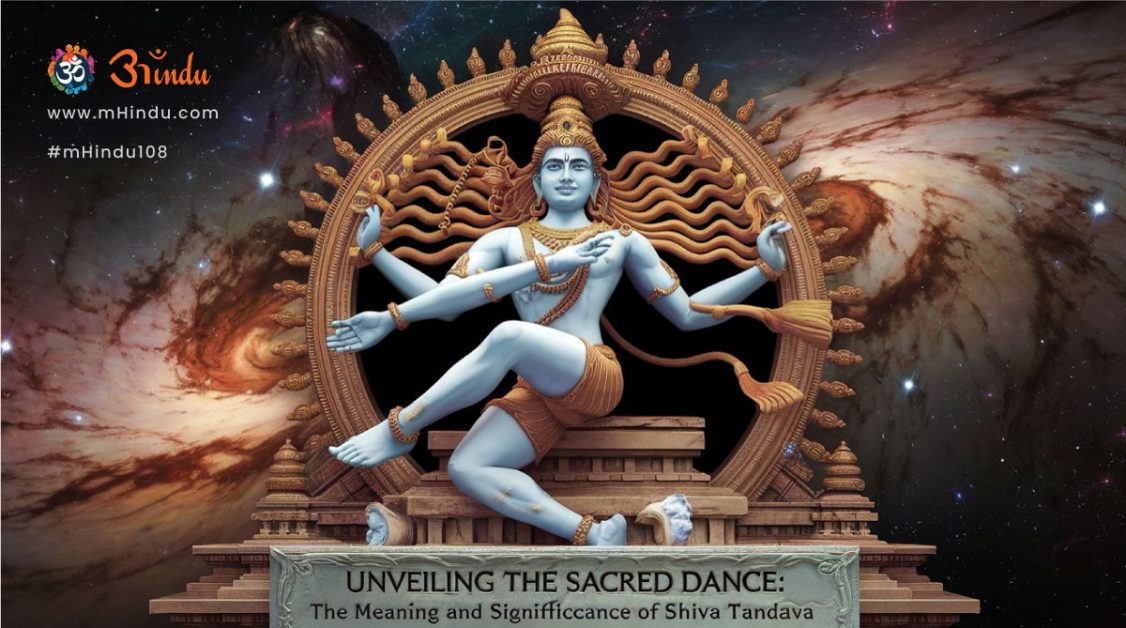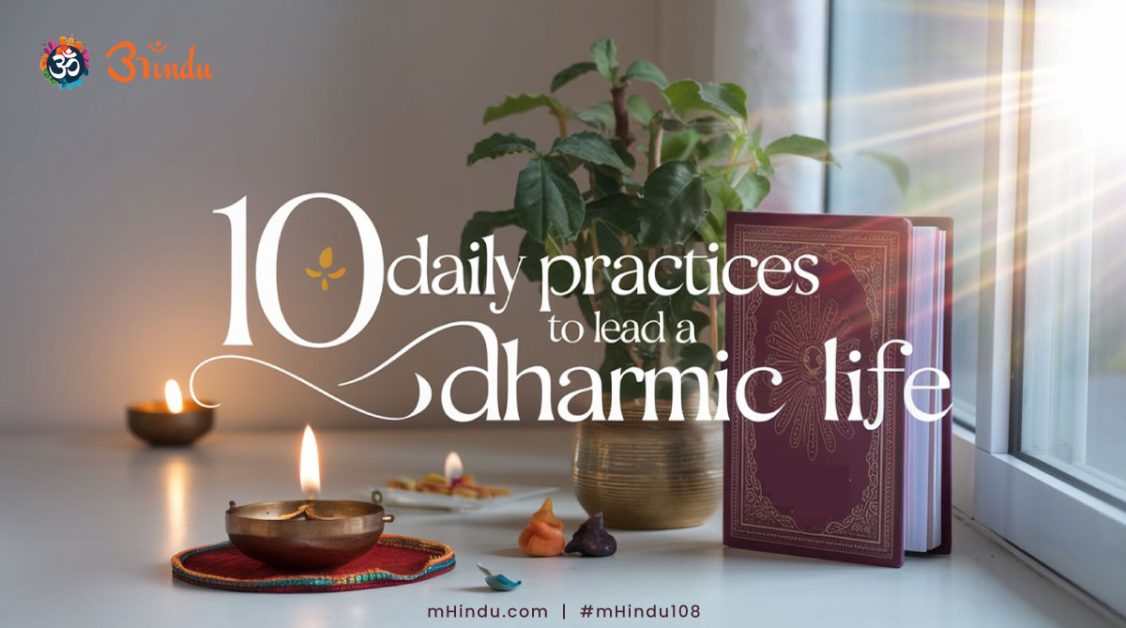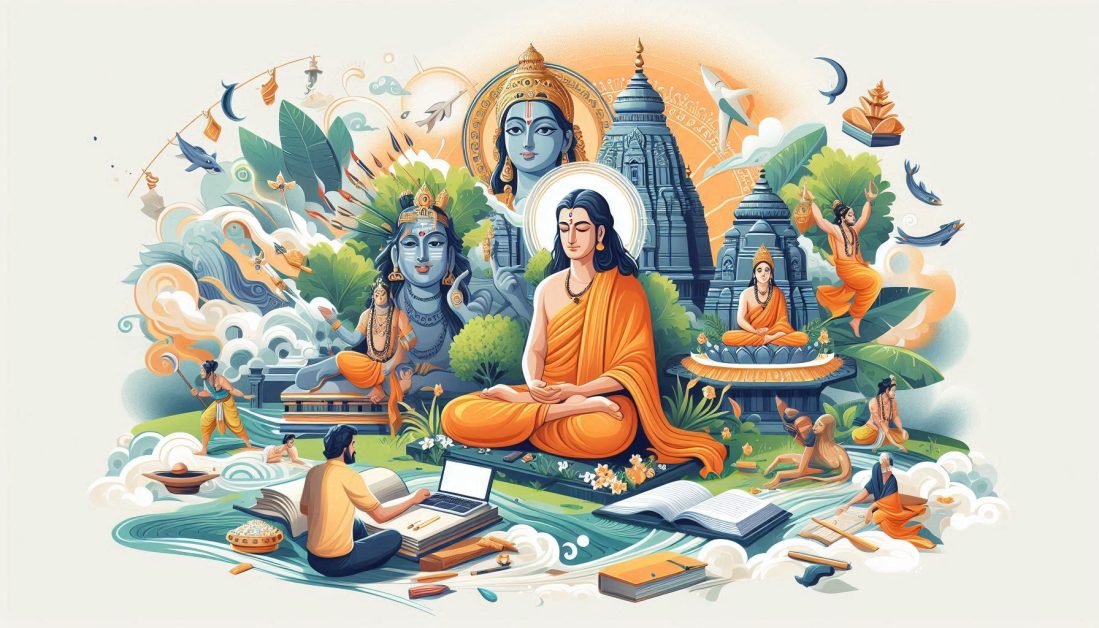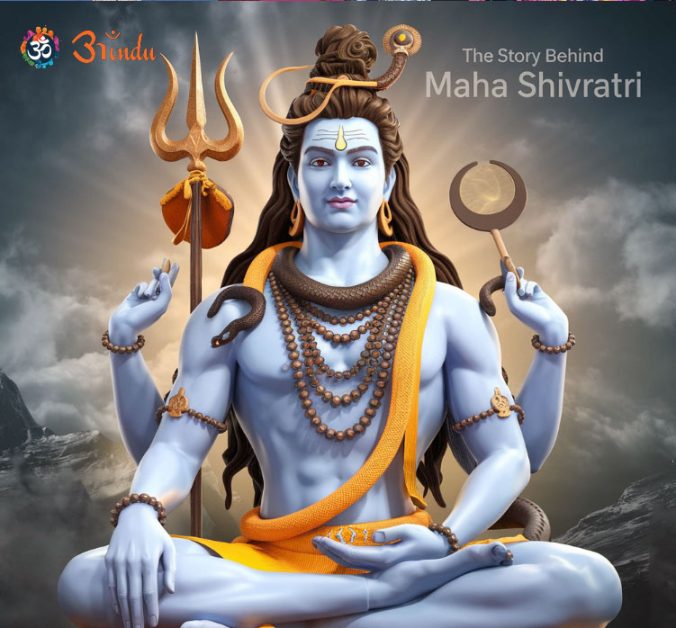In the long arc of cosmic time, whenever adharma (unrighteousness) overwhelms dharma (righteousness), the divine takes form to restore balance. Among the most fascinating avatars of Vishnu is Parashurama Avatar— the axe-wielding warrior sage. Known as the sixth avatar of Lord Vishnu, Parashurama embodies fierce justice, penance, divine wrath, and timeless wisdom.
Explore Blog Content
ToggleThe name Parashurama literally means “Rama with the axe” (parashu = axe). He is both a brahmin and a kshatriya — a rishi who meditated for years and a warrior who annihilated entire dynasties of corrupt kings. The tale of Bhagwan Parashurama resonates even today, especially among those who value righteousness over privilege and action over apathy.
This blog explores the legend, symbolism, temples, and spiritual relevance of Parashurama Avatar in our present times, especially for the Sanatan Dharma community seeking deeper roots online.
Who is Parashurama? The Origin of the Warrior Sage
Parashurama was born to sage Jamadagni and Renuka. His birth was destined during an era when the Kshatriya class — meant to protect — had become tyrannical. Even kings no longer bowed to rishis or the sacred order of Dharma.
When King Kartavirya Arjuna unjustly killed his father, Parashurama vowed vengeance — not out of personal anger, but as an instrument of divine justice. According to the Puranas, he wiped out corrupt Kshatriyas from the earth 21 times, fulfilling his cosmic role of purification.
“Yada yada hi dharmasya glanir bhavati bharata…” – Bhagavad Gita 4.7
(Whenever there is a decline in Dharma… I manifest Myself.)
Parashurama is that manifestation — ferocious, but deeply meditative; destructive, yet dharmic.
Why Did Lord Vishnu Take the Parashurama Avatar?
The key reasons behind this divine incarnation include:
- To end tyranny: The Kshatriyas, who were meant to protect Dharma, had become corrupt, indulging in unchecked violence and ego.
- To restore balance between castes: Parashurama, being born a Brahmin, challenged the idea that only Kshatriyas held power.
- To establish the authority of tapas (penance): His penance gave him celestial weapons, proving that spiritual austerity is mightier than brute force.
This Avatar stands out because, unlike others, Parashurama did not return to Vaikuntha — he continues to live on Earth and is said to appear in the future during the age of Kalki to instruct the final avatar.
Parashurama’s Role in the Mahabharata and Ramayana
Parashurama is not just confined to the Puranas — he also appears significantly in both the Ramayana and Mahabharata.
In the Ramayana, Parashurama challenges Lord Rama for breaking the divine bow of Shiva at Sita’s swayamvar. This event is symbolic — the transfer of dharma-kshatriya authority from one avatar (Parashurama) to the next (Rama). Seeing Rama’s calm power and divine nature, Parashurama surrenders his role.
In the Mahabharata, Parashurama becomes the teacher of Bhishma, Drona, and Karna — all pivotal warriors. His teachings shape the greatest martial minds of that era.
“Drona learned warfare from Parashurama… Bhishma carried his wisdom… Karna earned his Brahmastra.” – Mahabharata
His presence in these epics shows the long-lasting impact of his knowledge, tapasya, and divine authority.
Parashurama Temples and Places of Worship
While not as commonly worshipped as Krishna or Rama, Parashurama has significant reverence in specific regions, especially coastal and southern India:
- Kerala: Mythologically, it is believed Parashurama threw his axe into the sea and reclaimed the land that is now Kerala. Temples and rituals in the state deeply connect with him.
- Konkan Coast: The entire Konkan region, including Goa and Maharashtra, honors him as the land creator.
- Parashuram Kund (Arunachal Pradesh): A sacred pilgrimage site where he is believed to have cleansed his sins.
- Himachal Pradesh: Temples like the Parashurama Temple in Renuka Ji are dedicated to him.
These temples reflect his association with penance, purification, and restoration of balance.
Symbolism of Parashurama’s Axe and Lessons for Today
The axe (parashu) he wields is not just a weapon — it symbolizes:
- Detachment – Cutting off ignorance and ego.
- Righteous Action – When dialogue fails, dharma requires courageous deeds.
- Penance and Power Combined – He didn’t earn power by birth, but through tapas.
In today’s world, Parashurama reminds us:
- Fight injustice, but remain grounded in truth.
- Learn deeply before acting swiftly.
- Power without humility is dangerous.
As the Gita says:
“Karmanye vadhikaraste ma phaleshu kadachana” – Do your duty, without attachment to results.
Parashurama in Kaliyuga: The Eternal Witness and Future Guide
Parashurama is one of the few Chiranjivis — immortals who are destined to live until the end of this cycle of creation. Unlike other avatars, he did not return to the spiritual plane after completing his earthly mission. Instead, he remains in deep meditation in Mahendragiri hills, watching the rise and fall of civilizations.
According to scriptures, he will reappear during the end of Kaliyuga to train Kalki — the final avatar of Vishnu — in celestial warfare. In this way, Parashurama bridges the past and the future, embodying the timeless nature of Sanatan Dharma.
“He who wields the axe shall hand it over to the one who wields the sword of dharma.” – Kalki Purana
Conclusion: The Warrior Who Never Left
Parashurama is more than a mythological character — he is a principle, an energy, and a message. His life teaches us that spiritual insight and warrior spirit can coexist. He challenges unjust authority, uplifts the power of penance, and lives eternally in the background of our collective spiritual consciousness.
As Sanatan Dharma faces modern challenges — confusion, cultural uprooting, and identity crisis — we need Parashurama’s spirit more than ever: rooted in tapas, armed with clarity, and fearless in protecting truth.
Let us invoke Parashurama not just with rituals, but by embodying the fierce compassion he lived by.
Frequently Asked Questions (FAQs)
- Is Parashurama still alive today?
Yes, according to Hindu scriptures, Parashurama is a Chiranjivi (immortal) and resides in deep meditation, waiting to return during the era of Kalki. - What is Parashurama’s role in the Mahabharata?
He was the teacher of Bhishma, Karna, and Drona — training them in celestial warfare and martial ethics. - Why did Parashurama kill Kshatriyas 21 times?
To cleanse the earth of their accumulated tyranny, after they repeatedly violated Dharma and disrespected sages. - Did Parashurama and Lord Rama ever meet?
Yes, in the Ramayana. Parashurama challenges Rama after the bow-breaking event but later acknowledges Rama as a divine successor. - Which are the major temples of Parashurama?
Renuka Ji (Himachal), Parashurama Kund (Arunachal), and temples in Kerala and Konkan region are well-known. - Was Parashurama a Brahmin or Kshatriya?
He was a Brahmin by birth but took up the role of a Kshatriya — hence often called Brahma-Kshatriya. - Will Parashurama return in Kaliyuga?
Yes, he is said to train Lord Kalki in warfare at the end of Kaliyuga. - What does Parashurama’s axe symbolize?
It represents destruction of ego, detachment, and righteous action.


